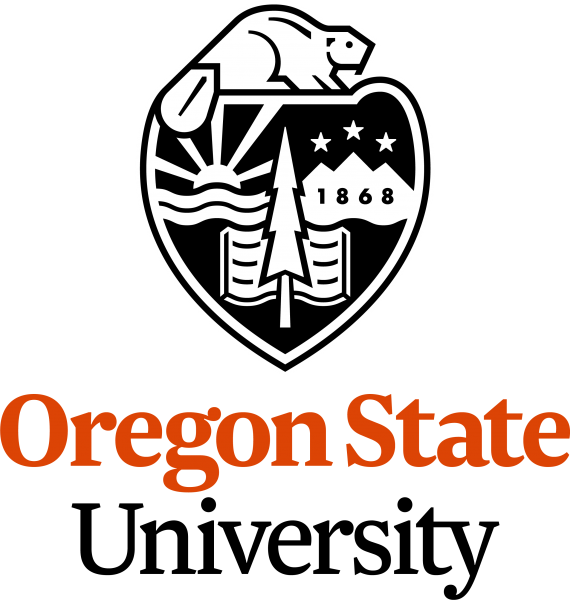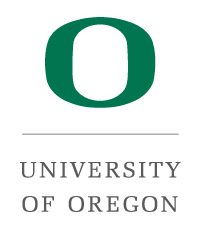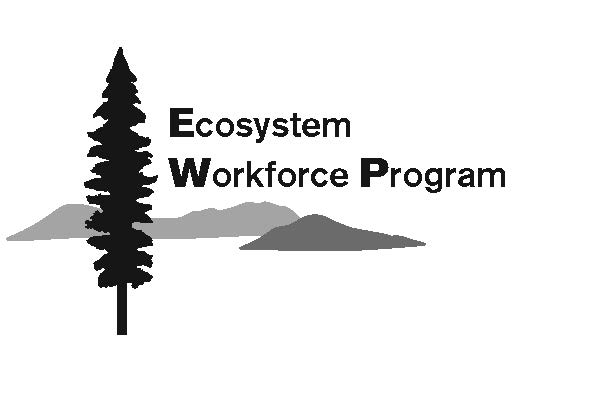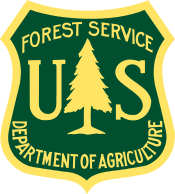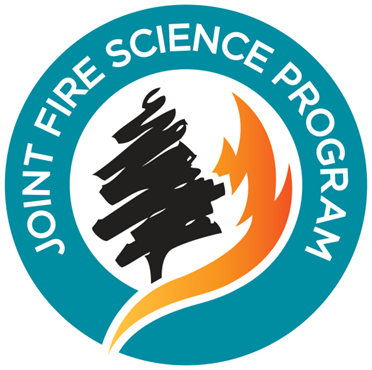Partner Feeds
Engineers Completing Survey Work for Road Storm-Proofing (Miles Fire BAER Burned Area Emergency Response)
10/16/18 Klondike Fire Update (Klondike Fire Wildfire)
‘Fire Storm’ 27 years ago today in eastern Washington raised prevention awareness
Twenty-seven years ago today, gale-force winds combined with dry and unseasonably warm weather combined to ignite the Fire Storm in Spokane County. It was called ‘Fire Storm’ because that’s exactly what took place. On October 16, 1991, wind gusts of up to 62 miles per hour were recorded in eastern Washington. Within hours, 92 wildfires had started — approximately 90 percent of them due to the gale-force winds that snapped power lines or pushed trees into power lines.
Most of the homes lost to wildfire in the following days were in what we call the wildland urban interface, where homes and forest intermix. There was one fatality during the fire and 114 homes and numerous other structures were destroyed. Population growth in wildland urban interfaces is a major reason that wildfires have become more disastrous.
Lessons learned
Many homeowners affected by the Fire Storm of 1991 were caught with a lack of knowledge about the wildfire risks where they lived. As a result, the National Fire Protection Association developed a program, Firewise, to help homeowners protect themselves and their property from wildfire. Since then, dozens of communities in eastern and western Washington state have qualified as Firewise communities because they took steps to reduce wildfire risks.
The two largest risks for homes during wildfires are:
- A flammable roof, vulnerable to the wind-carried embers during a wildfire
- Vegetation close to a house that can ignite and generate heat or flames that burn siding or other parts of the structure
The legacies of Fire Storm include the establishment of the State Mobilization Process that is under the authority of the Washington State Patrol and a greater awareness of the problems associated with people moving into the wildland urban interface.
Quick facts about Fire Storm 1991
Maximum wind gust: 62 mph
Homes destroyed: 114
Acres burned: 35,000
Homes threatened: 511
Separate fires: 92
Largest single fire: 13,840 acres
Firefighters responding: 4,000
Fire engines responding: 400
Fatalities: 1
9-1-1 calls received, first 24 hours: 3,000
Pomeroy Ranger District implements activites fuels and pile burning (2018 Umatilla NF Prescribed Fire Prescribed Fire)
10/15/18 Klondike Fire Update (Klondike Fire Wildfire)
10/13/18 Klondike SPANISH Update (Klondike Fire Wildfire)
10/13/18 Klondike Fire Update (Klondike Fire Wildfire)
Terwilliger Fire Update October 12th 2018 (Terwilliger Fire Wildfire)
Forest begins assessing burned area flooding risk from Naches to the Methow (Cougar Creek Fire BAER Burned Area Emergency Response)
Forest begins assessing burned area flooding risk from Naches to the Methow (Crescent Mountain & McLeod Fires BAER Burned Area Emergency Response)
Forest begins assessing burned area flooding risk from Naches to the Methow (Miriam Fire BAER Burned Area Emergency Response)
Commissioner Franz proposes historic $55 million wildfire, forest health budget
Commissioner of Public Lands Hilary Franz unveiled Wednesday the largest budget request of its kind in state history: a $55 million Department of Natural Resources proposal for fighting wildfires and maintaining healthier forests in Washington.
The 2019-21 budget package, which already has bipartisan support from members of the Legislature’s Wildfire Caucus, would transform DNR’s firefighting strategy and reduce that hazards that unhealthy forests pose to Washington communities. In Central and Eastern Washington alone, 2.7 million acres of forest are dead or dying, increasing the potential for catastrophic wildfires seen in recent years.
This year, DNR responded to about 1,700 wildfires – second only to the number of wildfire responses in 2009. Smoke from this year’s fires at times gave Washington the worst air quality in the world, and numerous fires forced families to evacuate their homes.
Commissioner of Public Lands Hilary Franz speaks about her budget request Wednesday at the Department of Natural Resources helicopter maintenance hangar in Olympia.“We need bold, forward-thinking investments to reduce wildfires. Inaction is not an option,” Franz said. “It’s time to come together to invest in strategies that keep wildfires small and our skies clear of smoke, and I look forward to working with the governor and the Legislature to ensure we have the resources we need to keep our communities healthy and safe.”
Wildfire fighting, prevention
The biennium budget request includes nearly $12 million to transform 30 engine-leader jobs, which are seasonal positions, into year-round permanent positions. This would help retain seasoned firefighters at DNR and provide a staff to carry out critical forest health treatments, such as prescribed burning, during the offseason. The vast majority of DNR’s firefighting force is seasonal (only 43 firefighters work full time), prompting many firefighters to take their skills elsewhere.
“I love serving my community as a wildland firefighter,” said Tommy Matsuda, a seasonal firefighter at DNR. “But the part-time nature of the job makes it hard to sign up year after year. I would gladly stay on full time performing forest health work in the offseason if I was able.”
The agency’s firefighters would also receive more training to deal with increasingly complex wildfire seasons under the commissioner’s budget plan, to the tune of $2.2 million in the 2019-21 biennium. They would receive two additional helicopters – increasing their helicopter fleet to nine and helping them respond more rapidly to fires.
Additionally, more than $4.8 million would grow the firefighting force supplied by Washington’s prison system – from 300 to 380 workers – allowing incarcerated people to learn firefighting and forestry skills while reducing the state’s firefighting costs. The budget also would provide $100,000 to improve emergency communications and $234,200 to help assess landslide risk in areas affected by wildfire.
These requests support the commissioner’s Wildland Fire Protection Strategic Plan to make the fundamental changes necessary to stop and prevent uncharacteristically large wildfires.
“As a fire chief and incident management team member in a community impacted by wildfire, I know we need more resources on the ground,” Spokane County Fire District 9 Chief Jack Cates said. “With more full-time firefighters and air resources, the Department of Natural Resources will be better able to assist us in protecting endangered communities like Spokane County.”
Franz made her announcement alongside state Reps. Larry Springer, D-Kirkland, and Tom Dent, R-Moses Lake, as well as Confederated Tribes of the Colville Reservation Chairman Rodney Cawston, Cowlitz 2 Fire & Rescue Chief Dave LaFave, and Matsuda.
“The facts are simple: When fire is running across the landscape, it’s terrifying. It doesn’t matter if it’s 15,000. It doesn’t matter if it’s 80,000 acres. It’s terrifying,” said LaFave, a member of the the state’s Wildland Fire Advisory Council and the Washington Fire Chiefs Association. “We want to see these initiatives move forward. We want to see a different decision today, so there’s a different outcome tomorrow.”
Because people cause 90 percent of all wildfires, teaching the public about wildfire prevention is another key part of the commissioner’s budget.
It would invest nearly $2 million in the creation of seven public-outreach specialists scattered across the state, and it includes $4.2 million for DNR’s Landowner Assistance Program. This program helps private forestland owners reduce the wildfire threat on their lands.
Restoring resilient, healthy forests
To get at the core of the problem, Franz’s budget request includes more than $5.7 million to speed up forest health restoration by creating a division solely committed to forest health. The proposal also asks for $17.7 million in capital budget funds to treat more than 32,000 acres of state, federal and private forests in targeted, high-risk areas.
And more than $724,000 in the proposal would dedicate two employees to manage the federal contracts, finances, and grants necessary to carrying out restoration treatments on federal lands. DNR and the U.S. Forest Service work together through the Good Neighbor Authority agreement to work toward their forest health goals.
These investments align with Franz’s 20-Year Forest Health Strategic Plan for Central and Eastern Washington. Through partnerships with local, state, tribal and federal agencies and organizations, the strategic plan aims to improve forest health and rural economic development while decreasing wildfire risk.
“Wildfire doesn’t respect property boundaries,” Cawston said. “By increasing resources for our state’s wildland firefighters, we decrease the risk that wildfires pose to tribal communities and private property owners. This is a win-win for Washington.”
Bipartisan support from lawmakers
Dent and Springer said Washington’s dangerous wildfire seasons, as well as its forest health crisis, cannot go ignored.
“The communities I represent are on the frontlines of our wildfire and forest health crisis,” said Dent, founder and chair of the Legislature’s Wildfire Caucus. “It is critical that our firefighters and foresters have the tools they need to reduce large, destructive wildfires in the future.”
“For too long, we have been penny wise, pound foolish, paying huge costs to suppress megafires instead of investing in wildfire reduction strategies,” Springer said. “As a member of the Wildfire Caucus, this investment in preparedness and forest health is a top priority.”
